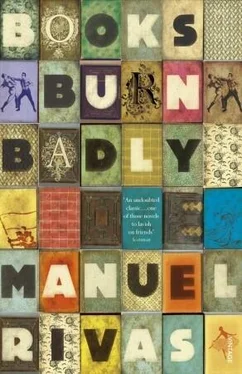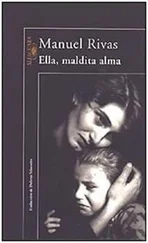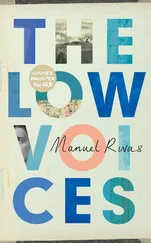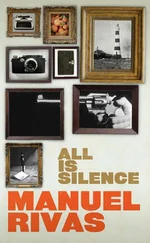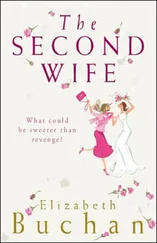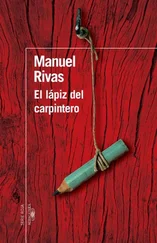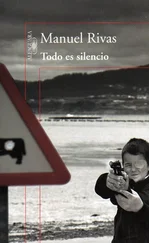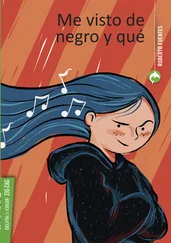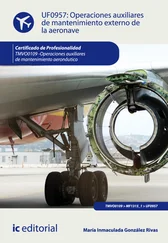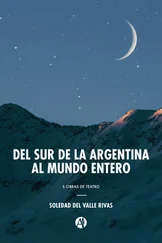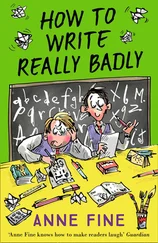So he said, ‘Here, Rubén, think of yourself as a bird that happens by. It’s got nothing to do with the dictator. All the bird does is sing. What does it care if a saint or a criminal is listening?’
Rubén made an effort to imagine the bird. But the image wasn’t so simple. He travelled back in time. There was a story that inspired him. In the palace of Ahmad I al-Muqtadir, king of Zaragoza, member of the Banu Hud dynasty, there was a tapestry showing a tree with eighteen branches, on which birds made of gold and silver threads alighted. The unusual thing about the tapestry was not its luxury, but the hidden mechanism that, when a breeze blew through the palace, caused the birds to move on the branches and sing. Closing his eyes, while he played the cello, Rubén had often entered there in the guise of a breeze. Time was measured by a clepsydra whose hours were represented by doors the water went round closing.
But the water opened the doors as well.
What was Muqtadir like? Was he an assassin listening to birds?
He could always play Pau Casals’ ‘Song of the Birds’.
Leica, from the window, instinctively followed the celestial gully of Santa Catarina Street. Beyond the massive structure of the Pastor headquarters, past the trees and industrial necks of cranes on the Western Quay, was the tapestry where, in winter, starlings flew in a cloud. This cloud was a cartoon composed of dots that took the shape of a formidable bird. The first time they saw them, arriving from Cuba in 1933, Leica and Chelo thought this aeronautical exhibition of hundreds of starlings was a kind of fado by fate, a one-off. There was no way so many birds could share a single aesthetic will, understand their place in the history of the line. It was Mayarí who told them, ‘They’re joining dots to make a huge bird that will scare off the birds of prey.’
But Coruña’s starlings leave after Carnival, during Lent. Go back north. Someone had said they’re the same birds pecking the crumbs of tourists at Stonehenge.
‘They’re not going to kill me,’ said Rubén. ‘They can hardly beat up the musician. They won’t even know who Casals is.’
They’ll know, thought Leica. Of course they’ll know. But he didn’t say anything. He was studying the starlings’ space. If there’s a history of the line, there’s a history of the void as well. The starlings’ absence in the sky was noticeable, just as the mark of a picture frame stays on the wall.
‘Better not to say who it’s by,’ continued Rubén. ‘These days, I can’t get Manuel Seoane out of my head. I had a nightmare. I opened my instrument case and there he was. “What are you doing?” I asked him in horror. “Ssssssh!” he told me to be quiet. “I’m on the run. Protect me. I can’t fit in the violin case.” You could see the bullet holes, which were clean, as if a drill had made them. I couldn’t speak. I couldn’t tell him he was dead. “Is there something you’d like to tell me?” he asked. I nodded. “Something important?” I nodded again. But couldn’t get the words out. So he passed me a piece of ruled paper and said, “Write it down on this.”’
Leica knew Manuel Seoane, the violinist, well. He could see him through the viewfinder. He was taking his photo with a cravat tucked into his jacket like the swelling of an artist. His hair was slicked back, but staves rose up in an allegro molto vivace . He’d been shot in Rata Field with other young soldiers loyal to the Republic. An execution, that of eight soldiers, carried out in the light of day. They were accused of plotting a rebellion in Atocha Barracks. The whole city had been summoned to witness the execution. People were supposed to boo them. It would be a large public spectacle and final warning so that those who still hadn’t come round would finally ‘bite the dust’. But they weren’t going out with a whimper. All the time, shouting, ‘Long live the Republic! Freedom for ever!’ The crowd falls quiet. This silence was the last great act of resistance.
In the studio, Leica lifted the needle without stopping the record. This way, he felt he could hear that piece he’d read and reread in the French cinema magazine: ‘Following the release of The Testament of Dr Mabuse, Fritz Lang was summoned to the Ministry to take charge of German filmmaking. That same night, he took a train and fled to Paris.’ Every evening, a train left Coruña for Irún, with a connection to Hendaye on the French border. It was full of Galician emigrants going to work in France. Rubén paid him attention. He’d leave on that train tonight.
‘You have to leave right now,’ Leica had told him suddenly. ‘Don’t think about it. Take your instrument and go on that train.’
How nice to hear that. To hear himself, albeit telling someone else. He gazed at the camera. He knew what the camera was thinking. It was jealous of the cello leaving on the train, with a seat all to itself.
‘IT’S THE CAMERA that takes the photos. Decides whether it likes the people. Picks them. Moves them. Makes them foggy. It’s a good camera, sure enough, but most of the photos are pretty bad. When there’s a good one, you could say an image has been born for humanity. It’s down to the camera. The images it’s been through! I’m not surprised it’s a little manic, capricious. There was a time, in its youth, when it took photos with great pleasure. It was very clever. Found light where there wasn’t any. And it’s done a lot of things it didn’t like, just for me. People sometimes do things against their will and end up feeling they like them. I haven’t got that far. My problem is I don’t know how to say no. So it’s the camera that takes most of the decisions. Here, take a look. If you’re that beautiful, blame the camera. It’s the camera’s fault.’
‘Oh, come on!’
‘No, it’s true. There was a time I wanted to be an artist, photographer wasn’t enough. Luís Huici, who was an artist and a tailor, told me one day, “The important thing in life, and in art, is not to bore people. To give or not to give, that’s the measure of a piece of art. Here is a gift.”’
The first time he entered his workshop on Cantóns, Huici handed him the magazine Alfar , a transatlantic undertaking to combat boredom. His workshop was a landing stage for avant-garde movements, its very own port. There were novelties, books or fabrics, you couldn’t find anywhere else. There were people who went just to touch things. Ulysses by James Joyce, for example, that book that had everyone talking and had reached Huici’s workshop by sea. There it was, a real, living being you could open and pluck words from: ‘Those girls, those girls, those lovely seaside girls.’ Packages arrived, containing manifestos and publications: a gift. They’d open them and almost always come across a new species, an image, form or question that hadn’t existed before. When he showed him Alfar , the copies were bound with an animal black ribbon. The artist and tailor was incredibly precise about colours. A jacket the colour of a fox’s tail. A coat the colour of maize bread from Carral. A face as white as a sleepless night. This ribbon he said was animal black. Whenever Huici’s name came into his mind, he saw those fingers untying the ribbon. As well as helping him to make a living, tailoring was, for Huici, a practical way of contributing to the city. People were the most active creators of landscape. They were like walking trees, mutating pieces of architecture. A man or a woman represented a nomadic nation. As they walked through the city, they wrote, drew and painted.
Every once in a while, something would happen to affect the composition. Suddenly the idea of nomadic culture ceased to have a figurative meaning. Lots of people, openly carrying their nomadic symbol, a suitcase, gathered in the port and disappeared from the landscape. This was a question Huici asked himself, ‘When will we stop exporting sadness?’
Читать дальше
